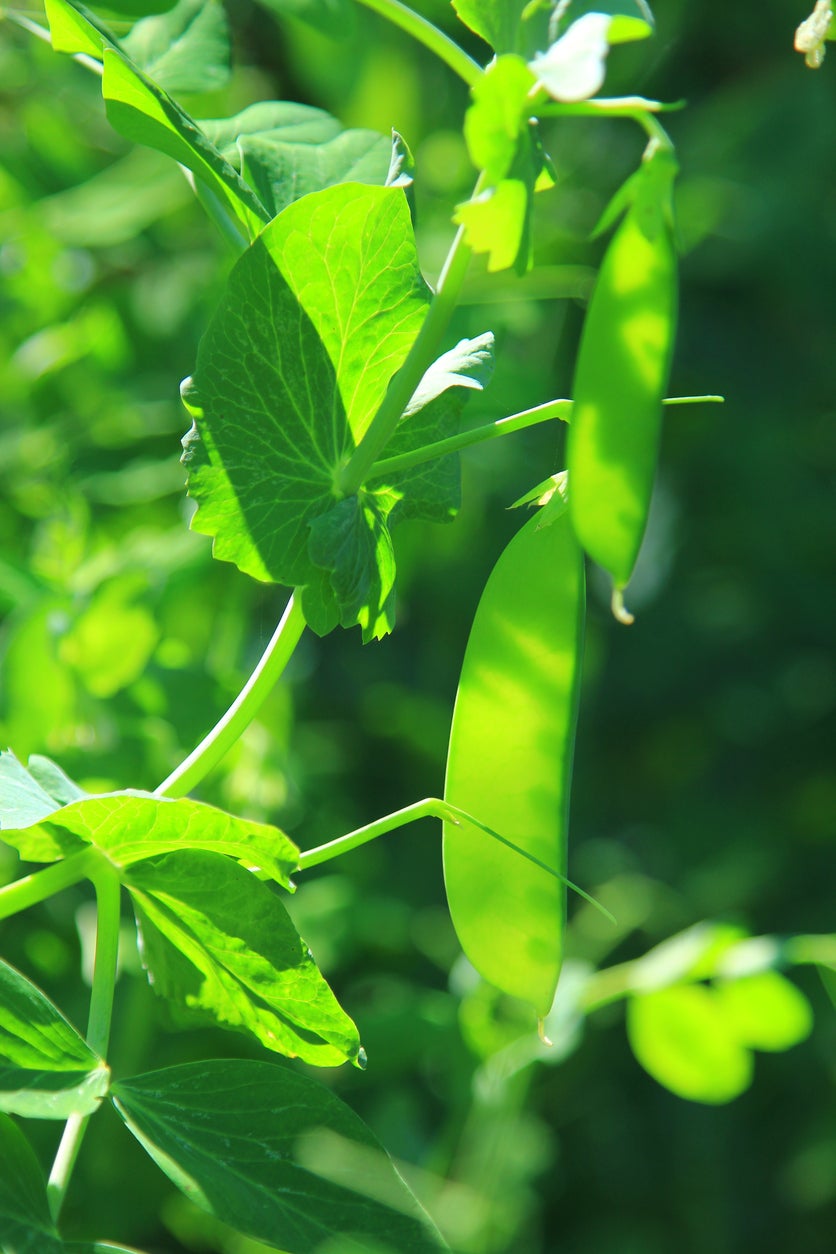What Are Edible Pod Peas: Learn About Peas With Edible Pods

When people think of peas, they think of the tiny green seed (yes, it’s a seed) alone, not the exterior pod of the pea. That’s because English peas are shelled prior to being eaten, but there are also several edible pod pea varieties. Peas with edible pods were made for lazy cooks because let’s face it, shelling peas is time consuming. Interested in growing edible pod peas? Read on for more edible pod pea info.
What are Edible Pod Peas?
Edible pod peas are peas where the parchment has been bred out of the pod so the young pods stay tender. While there are a number of edible pod pea varieties, they come from two ilks: the Chinese pea pod (also known as snow pea or sugar pea) and snap peas. Chinese pea pods are flat pods with insignificant peas inside that are commonly used in Asian cuisine. Snap peas are a relatively new type of pea with edible pods. Developed by Dr. C. Lamborn of the Gallatin Valley Seed Co. (Rogers NK Seed Co.), snap peas have fat pods filled with prominent peas. They are available in both bush and pole types as well as stringless.
Additional Edible Pea Pod Info
Pods of edible pea pods can be allowed to mature and then harvested and shelled for use just as English peas. Otherwise, they should be harvested when young and still tender. That said, snap peas have a thicker pod wall than snow peas and are eaten near maturity just like snap beans. All peas produce better with cool temperatures and are early producers in spring. As temperatures warm, the plants begin to rapidly mature, shortening the production of peas.
Growing Edible Pod Peas
Peas grow best when temperatures are between 55 and 65 degrees F. (13-18 C.). Plan to sow seeds six to eight weeks prior to the last expected killing frost in your region when the soil is about 45 degrees F. (7 C.) and can be worked. Peas thrive in well-drained sandy soil. Sow seed an inch (2.5 cm.) deep and spaced 5 inches (13 cm.) apart. Set up a trellis or other support for the pea vines to clamber up or plant them next to an existing fence. Keep the plants consistently moist but not drenched. Ample water will allow the pods to develop with the tenderest, plumpest peas, but too much will drown the roots and promote disease. For a continuous supply of edible pea pods, stagger plantings throughout the spring.
Gardening tips, videos, info and more delivered right to your inbox!
Sign up for the Gardening Know How newsletter today and receive a free copy of our e-book "How to Grow Delicious Tomatoes".

Amy Grant has been gardening for 30 years and writing for 15. A professional chef and caterer, Amy's area of expertise is culinary gardening.
-
 Try The Trend – Turn Any Bed Into A Keyhole Garden With This Clever In-Ground Composter
Try The Trend – Turn Any Bed Into A Keyhole Garden With This Clever In-Ground ComposterKeyhole gardening is an efficient and sustainable practice that saves space. Get started on this DIY project quickly and easily with an in-ground composter.
By Bonnie L. Grant
-
 4 Superfast Composting Methods: Turn Waste Into Garden Gold In 30 Days Or Less
4 Superfast Composting Methods: Turn Waste Into Garden Gold In 30 Days Or LessTry the fastest composting methods to turbocharge your pile and transform kitchen scraps and garden waste into finished compost in just a few weeks.
By Mary Ellen Ellis